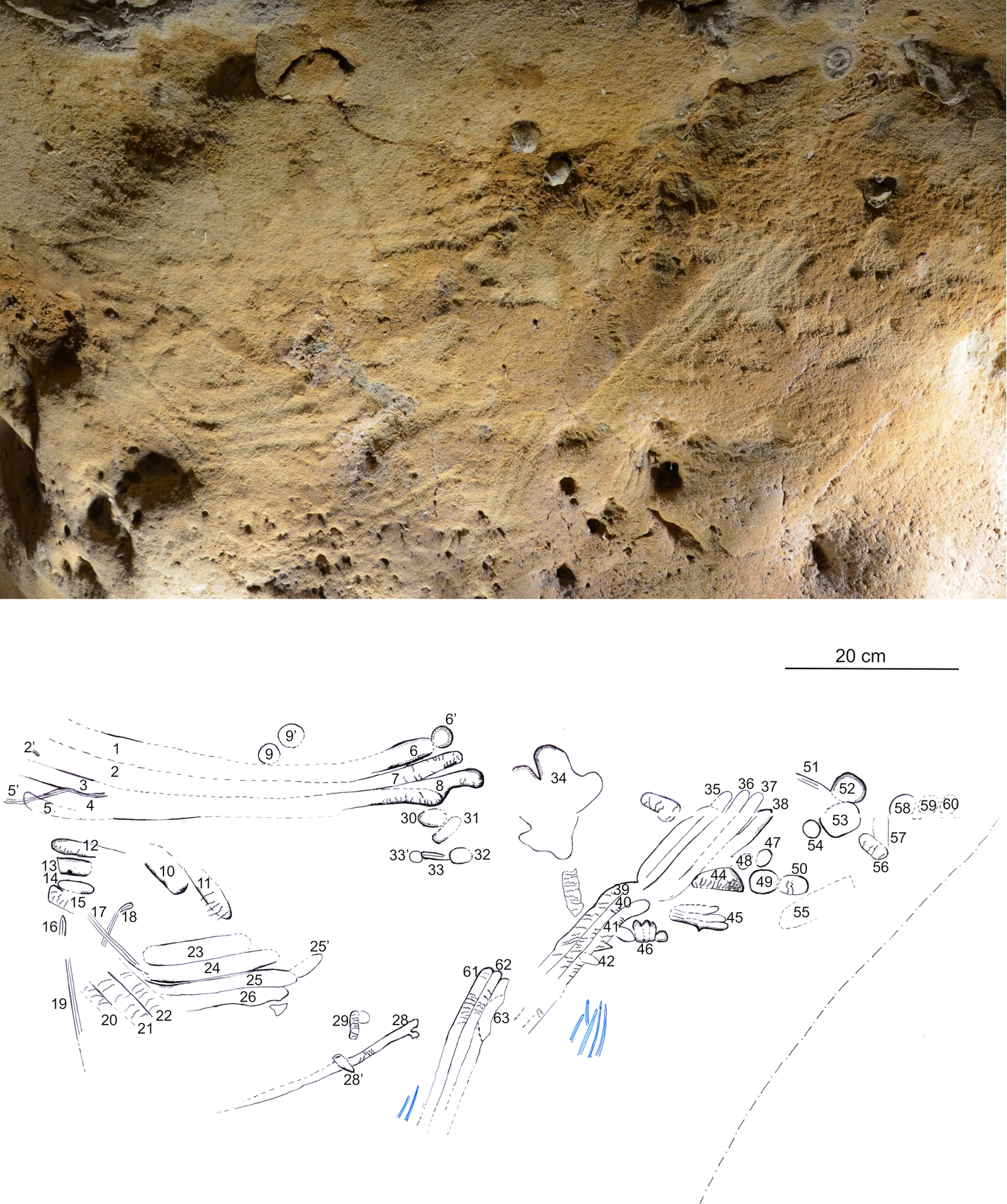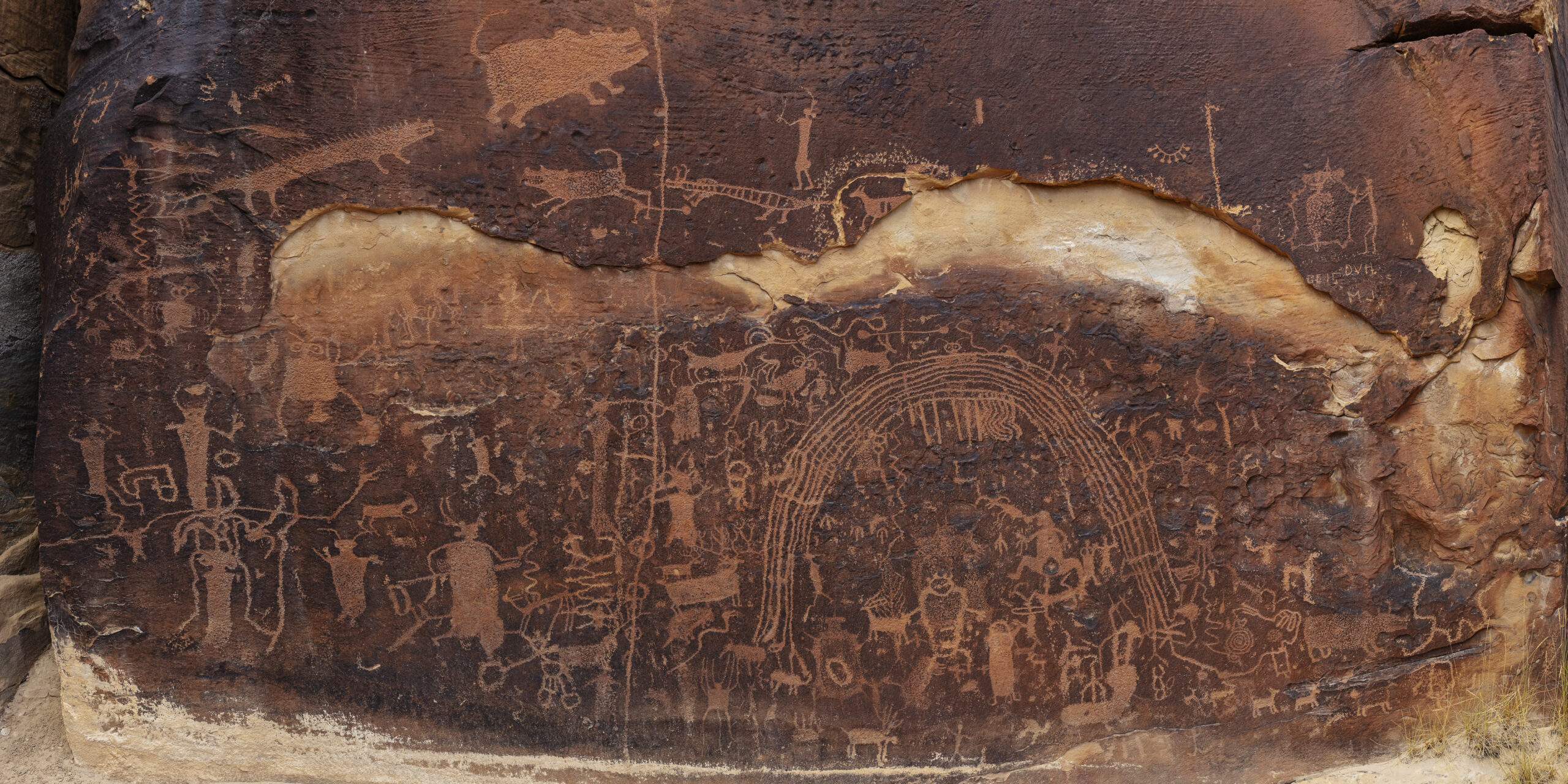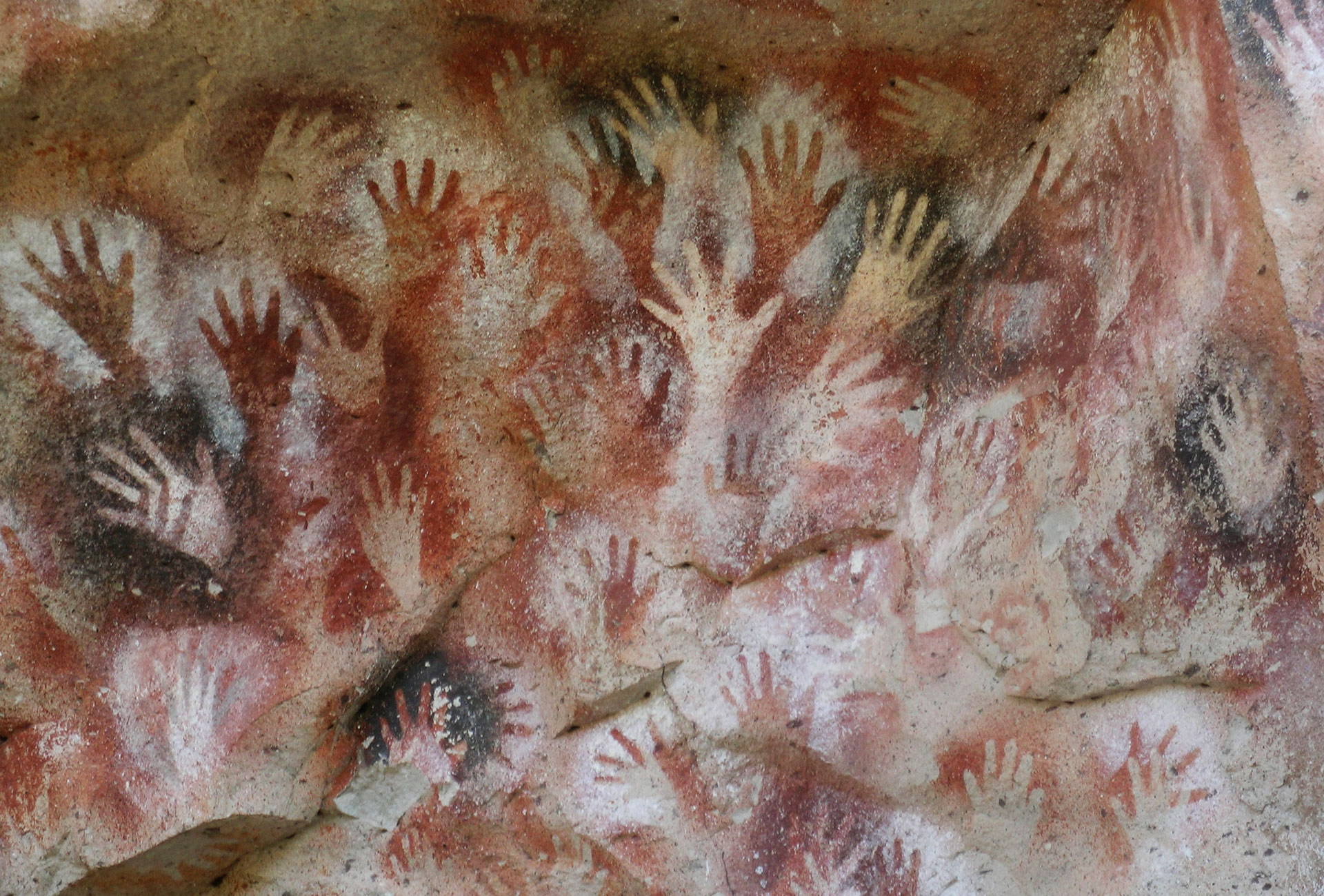Claims that other species besides Homo Sapiens made art or used “symbolic behavior” have been met with skepticism. But evidence that Neanderthals did produce symbols keeps growing.
In a paper published this week in the Journal PLOS One, a team of researchers announce the discovery of “unambiguous Neanderthal engravings” on cave walls in the Loir Valley, France (paper is here). The evidence comes from La Roche-Cotard cave. The lines traced into the cave’s walls are at least 57,000 years old making it extremely unlikely that they are made by homo sapiens. The only artifacts collected in the cave are of Neanderthal origin, further bolstering the team’s assertions.
Does this mean that Neanderthals engaged in “symbolic behavior?” The paper cautions
Although the finger tracings at La Roche-Cotard are clearly intentional, it is not possible for us to establish if they represent symbolic thinking
Jean-Claude Marque
Assigning intention to ancient artwork is a tenuous business. In 2018 a team announced dating of cave art in Spain to more than 60,000 years before present.
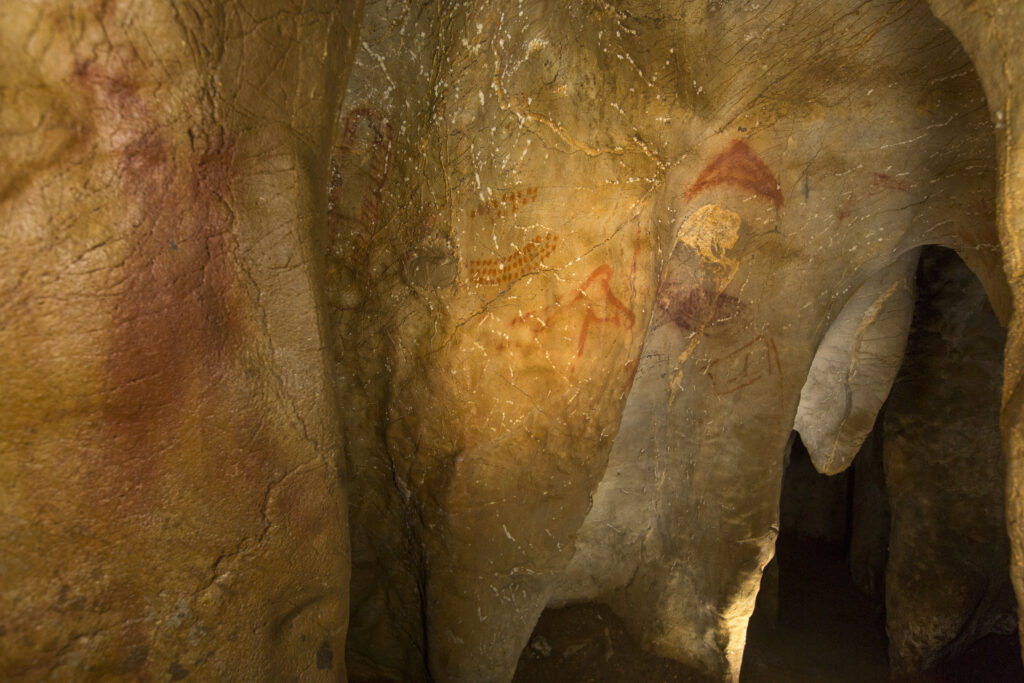
The pushback was immediate. The PLOS One publication adds to the growing evidence that other species besides human beings made symbols. It will require more evidence before a wider recognition that symbolic behavior is not uniquely human.
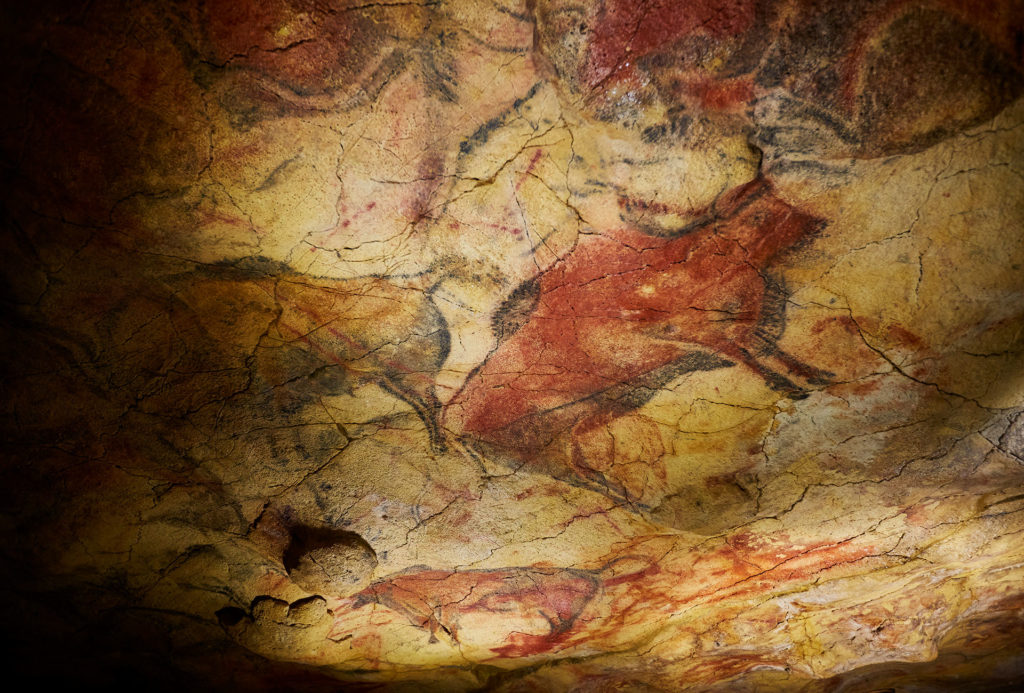
Remember, the first person so discoverer paleolithic cave art died in shame because the scientific community could not accept that paleolithic people could paint. It will take time and additional discoveries before there is a general consensus that Neanderthals made art.
There is an excellent synopsis of the PLOS One paper in the New Scientist here -registration required.
